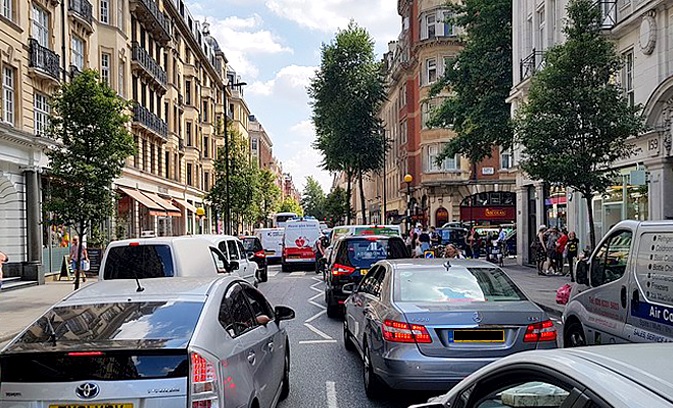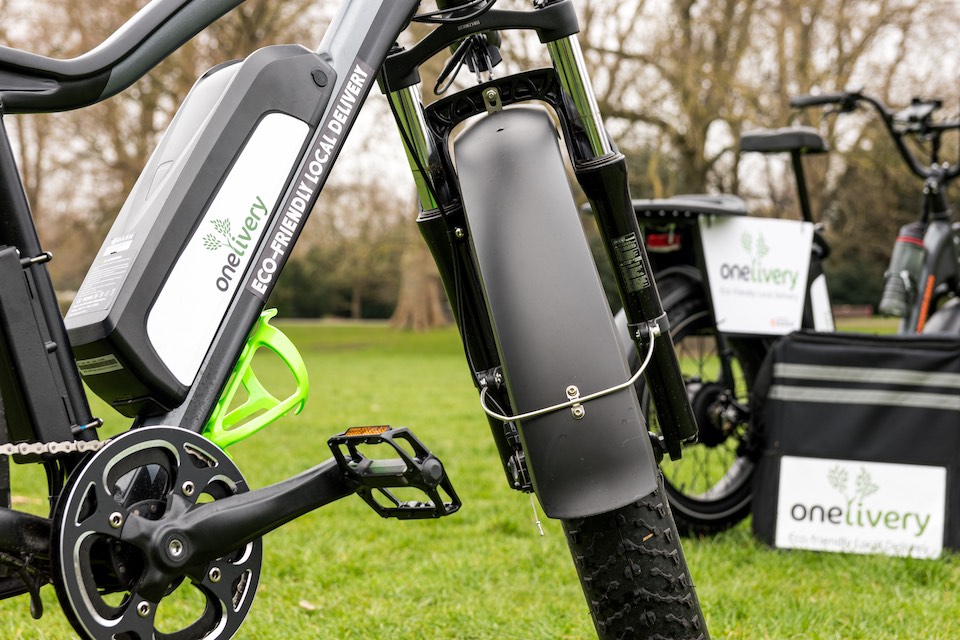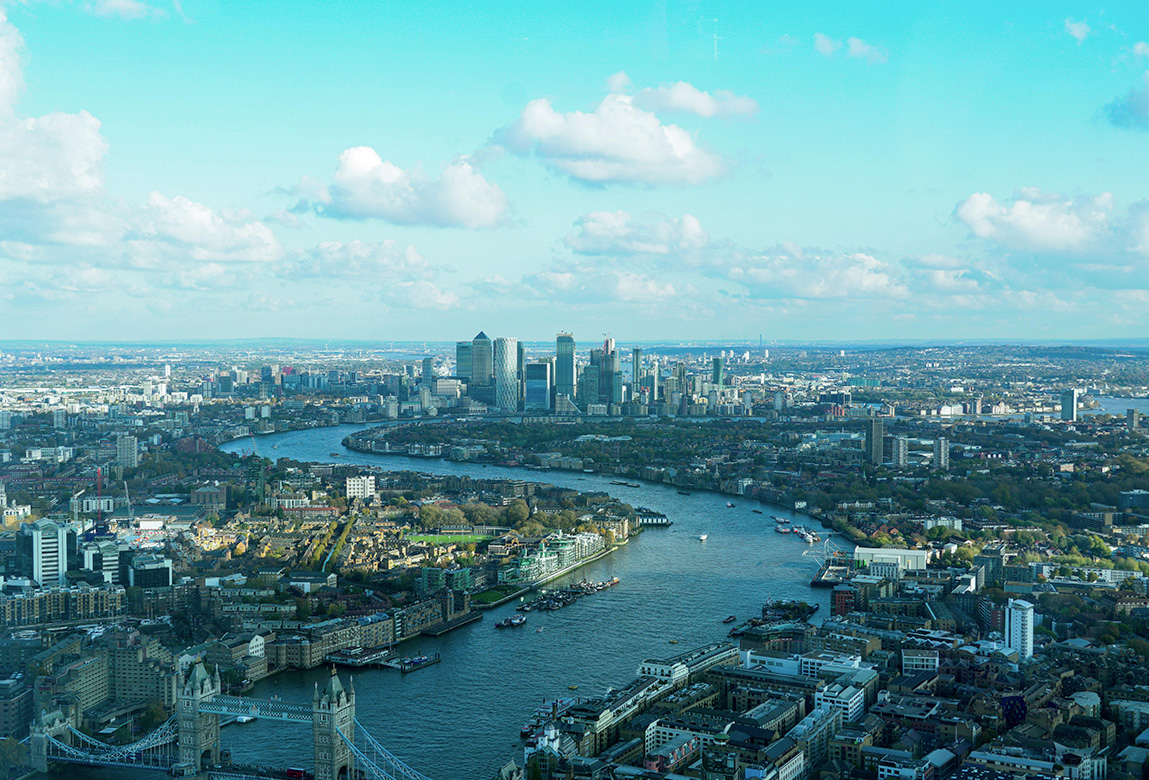The onset of the Covid-19 pandemic has skyrocketed e-commerce sales. With more and more people shopping online, the delivery services had to re-orient their operations and introduce a more sustainable delivery service.
By 2030, about 36% more delivery vehicles will be seen inside the top 100 cities globally. Further, the demand for last-mile delivery will grow by 78%. While the numbers reflect a positive growth of the e-commerce industry, does this mean a drastic increment in pollution? Since logistics and transportation are directly linked with global carbon emissions, it is high time that companies adopt adequate processes to achieve sustainability. Some of the primary reasons behind the lack of sustainable delivery solutions are:
Inadequate Collection And Data Points (CDPs)
The biggest reason behind the lack of sustainable delivery solutions is CDP insufficiency. CDPs are automated locations inside the retail stores or shops where customers can pick up or return their packages.
CDPs help reduce carbon emissions and increase vehicle mileage by reducing time and fuel consumption. This, in turn, increases sustainability and speeds up business operations. Adopting CDPs could lower carbon emissions by between 17 % and 26% by 2025.
Low Buyer Awareness
Many people are unaware of the implications that come along with the package they are choosing. To them, it is just a matter of selecting a package while being unaware of the effects it is causing on the environment. It is high time that companies incentivize sustainability by offering greener solutions.
According to research, 43% of consumers are more likely to shop from retailers offering sustainable delivery solutions.
No In-Store Fulfillment Locations
During the pandemic, many brick-and-mortar stores were shut down. Several businesses saw a decline in sales and increased costs due to a heavy influx of online orders. Many companies ignored the concept of in-store micro-fulfilment centres, which could be easily set up for retailers or convenience stores to improve the good delivery process.
Inefficient Transportation Vehicles
Many logistics companies are unable to upgrade their fleet to electric vehicles. They still use the same traditional vehicles that consume fossil fuels leading to carbon emissions and air pollution.
Since delivery vehicles had to cover many miles, they heavily impacted the environment. Also, companies failed to introduce optimized green routes offering the shortest delivery time and cost-effective routes.
Insufficient Government Support And Intervention
Government plays a vital role in adopting sustainable practices. They didn’t provide many incentives to include sustainability and adopt green business practices.
No Consolidation Of Pick-Up Points
People tend to take multiple trips to collect their packages. This is a highly unsustainable approach that is affecting the environment too. Instead of consolidating their deliveries by collecting all of them in a single trip, they are taking repetitive trips to pick up single items.
Time Is Calling For An Action
The lack of sustainable delivery solutions is massively impacting the environment. With the rise in carbon emissions and greenhouse gases, our world is experiencing significant climate change, proving to be potentially hazardous for the environment.
It is high time for the government, companies, and customers to adopt sustainable practices and shopping trends to help make the environment green.
If you want to employ a carbon dioxide-free delivery service providing last-mile deliveries, then visit us at https://onelivery.co.uk/ .









